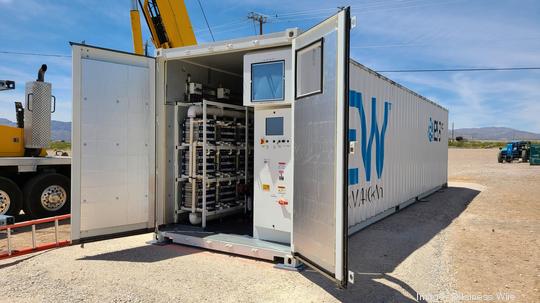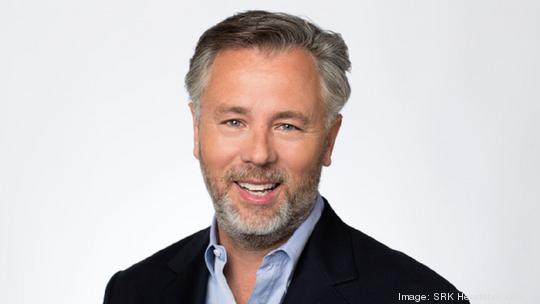
ESS’ top line rose by several multiples in the second quarter as the Wilsonville energy storage company recognized revenue on a growing number of its Energy Warehouse units.
The $2.8 million in quarterly revenue was a record for the company and a sign that “we continue to make progress on deliveries and improve our revenue recognition process,” CEO Eric Dresselhuys told investment analysts in a quarterly financial results call this week.
The company had revenue of $404,000 in the 2022 second quarter and $371,000 in the first quarter this year.
ESS’ sales still aren’t where it projected before going public (NYSE: GWH) in fall 2021, but the company has said it’s modulating growth as it strives to reduce manufacturing costs.

“We certainly expect, as we’ve said in the past, that we’ll continue to ship at the pace we’re doing right now through the end of the year,” Dresselhuys said.
That should change “as we get into 2024 and beyond and we get to the cost point on our cost of goods that we're targeting … (and) then feel more comfortable ramping that up,” he added.
ESS is aiming to edge into an energy-storage market dominated by lithium-ion systems with an alternative technology called an iron flow battery. A chief selling point is economical longer duration output, up to 12 hours.
$250M raised in SPAC merger
ESS raised around $250 million in going public through a SPAC merger and has poured tens of millions of dollars into building out its Wilsonville production capacity. As of the end of last year it had 271 full-time employees, most in Wilsonville.
The company reported $99.5 million in cash and equivalents as of June 30, down from $119 million a quarter earlier. It had a net loss of $22.9 million in the second quarter and expects cash burn to continue at a similar or lower rate, Chief Financial Officer Tony Rabb said.
“We are very comfortable with our cash balance and our cash burn rate where we are and the fact that the cash balances that we have on hand and our expected burn rate would get us well into next year,” Rabb said.



